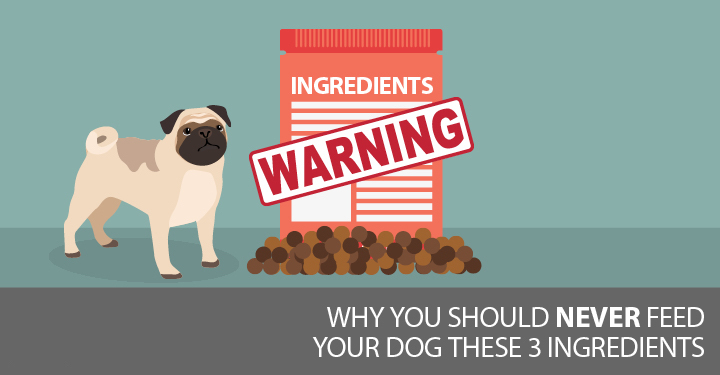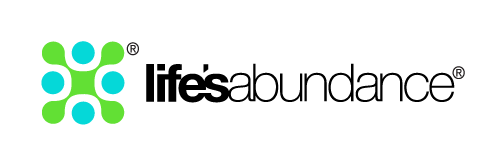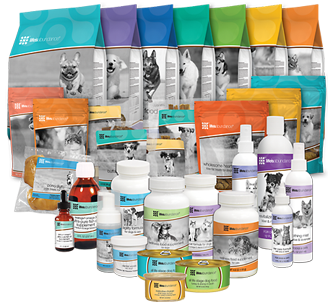3 Ingredients Never to Feed
 Since the day you brought your dog home, you’ve done everything possible to do the best for him. You give all the vaccinations your vet recommends. You put your dog on something for fleas. And you feed the kibble suggested by the helpful pet store attendant.
Since the day you brought your dog home, you’ve done everything possible to do the best for him. You give all the vaccinations your vet recommends. You put your dog on something for fleas. And you feed the kibble suggested by the helpful pet store attendant.
You’ve done your best, but now your dog’s sick – and you don’t know why.
The more research you do, the more you’ll realize it has everything to do with the vaccines, chemicals and toxins in the foods we’ve given to our pets thinking we’re helping them – when, in fact, we’re hurting them.
It’s the same kind of thing we do to ourselves, but with much less regulation in the pet world, our beloved dogs and cats get it a lot worse.
The list is long of all the possible ingredients that can go wrong in commercial pet foods. But let’s not overwhelm ourselves and start with three biggies: BHA/BHT, ethoxyquin and propylene glycol.
Though fortunately, the better brands make it a point not to add these, they may not appear on the label if a supplier in the food processing chain decided it was a good idea to add one or more of these. If you have any doubt, do your homework on what you’re feeding and switch brands if necessary.
BHA/BHT
Butylated hydroxyanisole (BHA) and butylated hydroxytoluene (BHT) are related preservatives.
BHA is listed as “reasonably anticipated to be a human carcinogen” in a Report on Carcinogens by the United States National Toxicology Program. Though BHT fares better on the cancer front, the Environmental Working Group’s Skin Deep Cosmetics Database lists it as a moderate concern as a skin, eye and lung irritant and for organ system toxicity.
Ethoxyquin
Another preservative, it’s often associated with foods containing fish meals (it’s difficult to find a wet cat food with seafood that doesn’t contain it) and has been anecdotally linked to everything from allergies to liver cancer.
Unfortunately the US Food and Drug Administration has deemed that ethoxyquin “may be safely used in animal feeds” under certain guidelines, including a maximum amount used in each product.
The problem is – as many of us pet parents have been instructed to do by our nutritionally untrained vets – many of us end up feeding our pets the same thing day in and out. So, let’s give ethoxyquin the benefit of the doubt for a second, and suppose it’s only mildly harmful. How much can your pet’s body take of consuming something that is mildly harmful for every day of his life?
Propylene Glycol
A dog food additive used to help keep food moist and as a solvent, propylene glycol is a relative of ethylene glycol – yes, that’s antifreeze.
Though it’s allowed in dog food, it is not allowed in cat food because it can cause Heinz body anemia. The major threat of this ingredient for humans (it’s surprisingly common in human food) seems to be in the form of skin irritations. But really, who would knowingly want to feed this to her dog?


 Life's Abundance Pet Foods
Life's Abundance Pet Foods
Leave a Reply